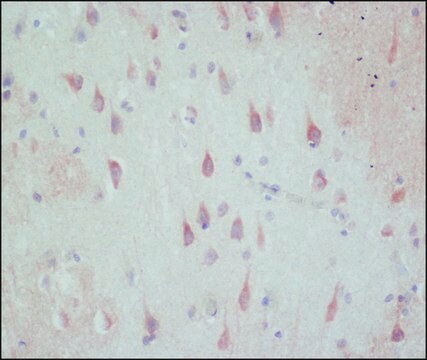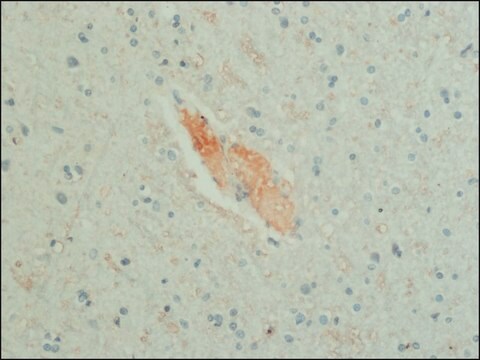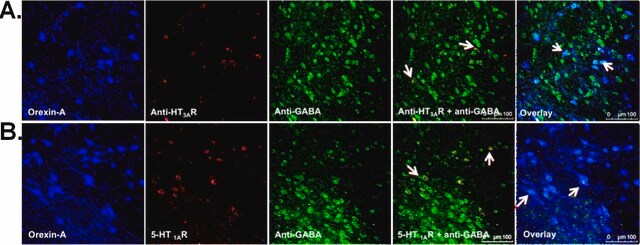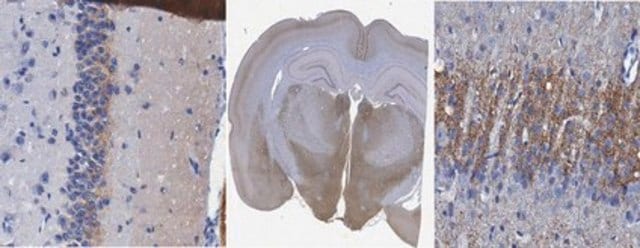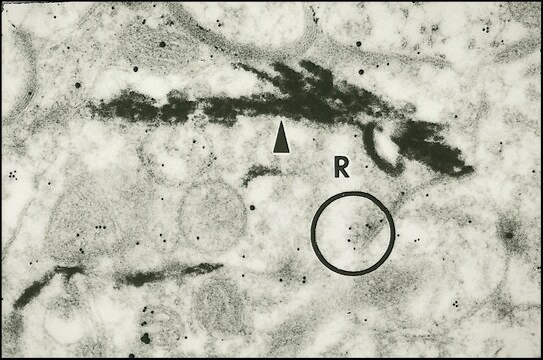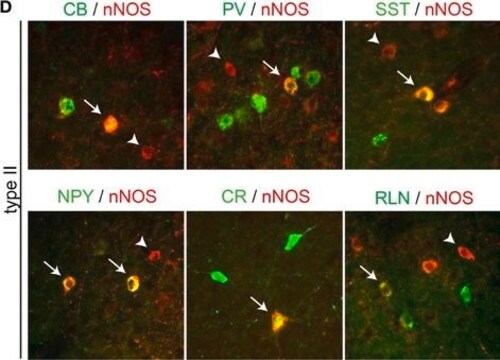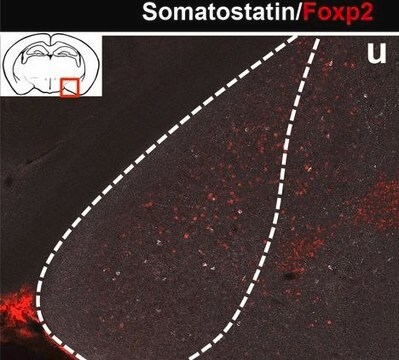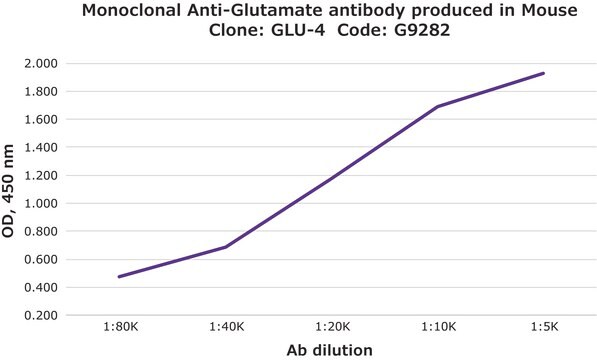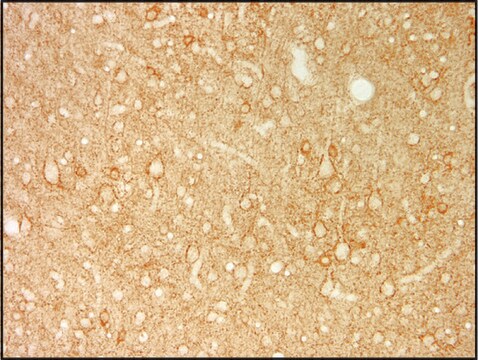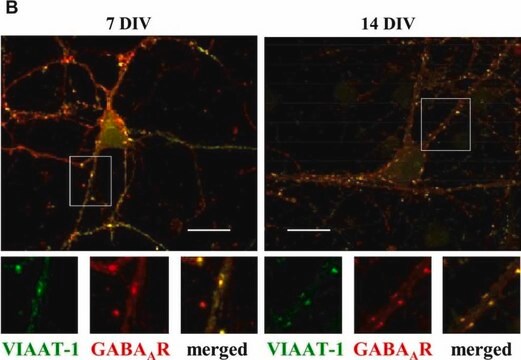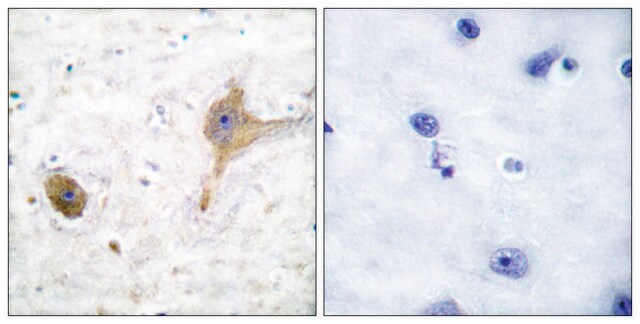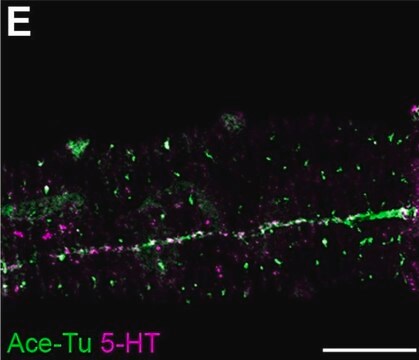A2052
Anti-GABA antibody produced in rabbit
affinity isolated antibody, buffered aqueous solution
Synonyme(s) :
Anti Gaba, Anti Gaba Antibody, Anti-Gaba, GABA Antibody - Anti-GABA antibody produced in rabbit, Gaba Antibody, Anti-γ-Aminobutyric acid
About This Item
Produits recommandés
Source biologique
rabbit
Niveau de qualité
Conjugué
unconjugated
Forme d'anticorps
affinity isolated antibody
Type de produit anticorps
primary antibodies
Clone
polyclonal
Forme
buffered aqueous solution
Espèces réactives
rat, Drosophila, wide range
Conditionnement
antibody small pack of 25 μL
Technique(s)
dot blot: 1:10,000
immunohistochemistry (formalin-fixed, paraffin-embedded sections): 2.5 μg/mL using rat cerebellum
Conditions d'expédition
dry ice
Température de stockage
−20°C
Modification post-traductionnelle de la cible
unmodified
Informations sur le gène
rat ... Gabra1(29705)
Description générale
GABA (γ-aminobutyric acid) is a multifunctional molecule found in several organisms, from prokaryotes to vertebrates. It is present in non-nervous structures, such as peripheral nervous and endocrine systems. GABA is formed following decarboxylation of glutamic acid by the enzyme glutamic acid decarboxylase (GAD).
Immunogène
Application
Actions biochimiques/physiologiques
Forme physique
Stockage et stabilité
Clause de non-responsabilité
Vous ne trouvez pas le bon produit ?
Essayez notre Outil de sélection de produits.
Code de la classe de stockage
10 - Combustible liquids
Classe de danger pour l'eau (WGK)
nwg
Point d'éclair (°F)
Not applicable
Point d'éclair (°C)
Not applicable
Faites votre choix parmi les versions les plus récentes :
Déjà en possession de ce produit ?
Retrouvez la documentation relative aux produits que vous avez récemment achetés dans la Bibliothèque de documents.
Les clients ont également consulté
Notre équipe de scientifiques dispose d'une expérience dans tous les secteurs de la recherche, notamment en sciences de la vie, science des matériaux, synthèse chimique, chromatographie, analyse et dans de nombreux autres domaines..
Contacter notre Service technique